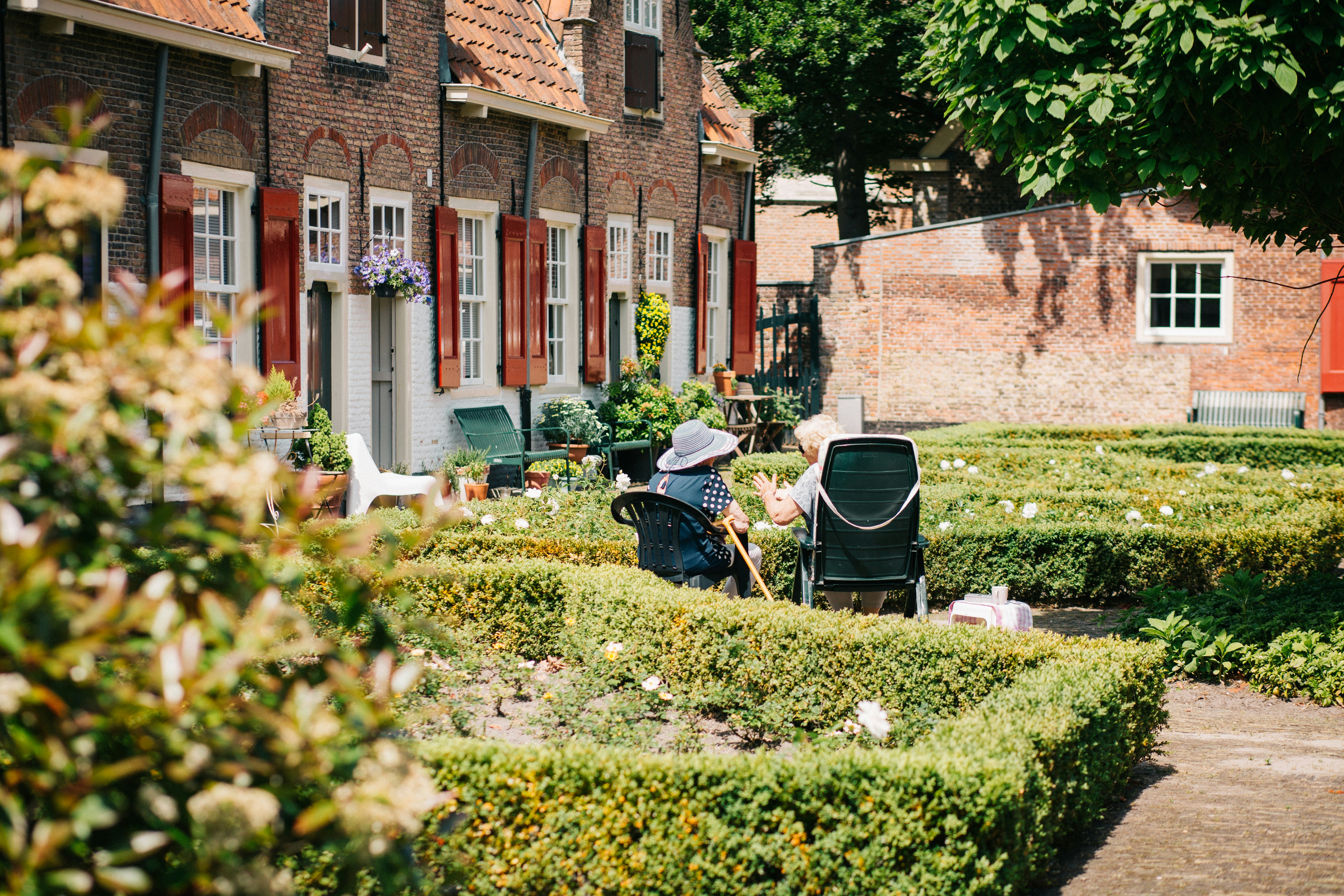Reducing the cost of care: How building management systems (BMS) can reduce care home energy costs
The UK’s care home sector is in financial crisis and increased utility costs are partly to blame.
In 2023, utility costs accounted for almost 50% of property costs compared to 34% of property costs in 2022 (Knight Frank).
This will come as no surprise to those working in the sector. Care home operators are typically dealing with complex, multi-building estates, with high energy needs around the clock.
As the government warns of continued energy price hikes, improving energy efficiency is the most effective way to mitigate these rising costs without compromising the wellbeing of residents, and care home staff.
At Cura Energy, we know that Building Management Systems (BMS) present a cost-effective, scalable solution for balancing energy efficiency with the comfort of residents.
In this article, we explore how a BMS can create better and smarter care homes by incorporating automated features such as smart thermostats, HVAC systems, and occupancy-based lighting.
Creating smarter and better care homes with BMS
A BMS is an integrated platform that controls and monitors a building’s various systems, including heating, ventilation, air conditioning (HVAC), lighting, and energy usage. When properly implemented, a BMS can optimise these functions, reducing energy waste at the same time as maintaining a comfortable living environment.
For care homes, where residents require around-the-clock care, implementing a BMS offers multiple benefits:
- Optimised heating and cooling: Care homes typically require specific temperature settings to ensure residents' comfort and health. A BMS allows for intelligent control of HVAC systems, ensuring that rooms are only heated or cooled when necessary. It can adapt to external weather conditions, occupancy levels, and time of day to minimise energy wastage. For example, in vacant rooms or communal areas that are not in use, the system can automatically adjust the temperature, reducing unnecessary heating or cooling.
- Efficient lighting management: Lighting is a significant energy consumer in care homes, but it can be managed effectively if connected to a BMS. Smart lighting systems can automatically dim or switch off lights in unoccupied areas. Additionally, daylight sensors can adjust indoor lighting based on natural light availability, ensuring that artificial lighting is only used when necessary.
- Water heating systems: A significant portion of energy in care homes is spent on water heating for showers, laundry, and cleaning. A BMS can help regulate water temperatures and ensure hot water is only heated when required. This prevents overheating or excessive use of energy, contributing to both reduced costs and improved energy efficiency.
- Monitoring and analytics for better decision making: A BMS collects data from various building systems, allowing facilities managers to monitor energy consumption in real-time. This data-driven approach provides actionable insights, such as identifying energy inefficiencies, detecting system faults, or understanding peak energy usage times. With this information, care home managers can make informed decisions to further reduce energy consumption, optimise maintenance schedules, and plan for future upgrades.
- Enhanced resident and staff comfort and wellbeing: By creating a more comfortable living environment, a BMS supports the wellbeing of both staff and residents. The system ensures that the temperature, humidity, and lighting are kept within ideal ranges. This is particularly important for residents who may have specific medical or comfort needs.
- Sustainability and ESG: Beyond financial returns, more energy-efficient care homes contribute to enhanced environmental sustainability and ESG goals through a reduced carbon footprint. This is a critical factor as both investors and the public increasingly consider organisations’ wider social and environmental impact in their decision-making. A more sustainable building also helps to future-proof care homes for any future energy or net zero compliance standards.
- Significant energy savings: If installed and commissioned correctly, and the HVAC plant is regularly maintained, a BMS typically delivers 15-30 per cent energy savings. With volatile energy prices and tough pressures on operational budgets, these estate-wide savings can make a significant impact on the bottom line.
How Cura is supporting energy management in the care sector
Cura Energy is a leading system integrator providing a wide range of BMS and BeMS packages – as well as energy metering strategies and installation. We’re vendor agnostic – and proud to be an approved supplier and installer of systems by Siemens , Priva , RDM and Trend. Our teams have expert knowledge of the care home sector and its challenges.
Please get in touch to discuss any aspect of your estate’s building management systems.
